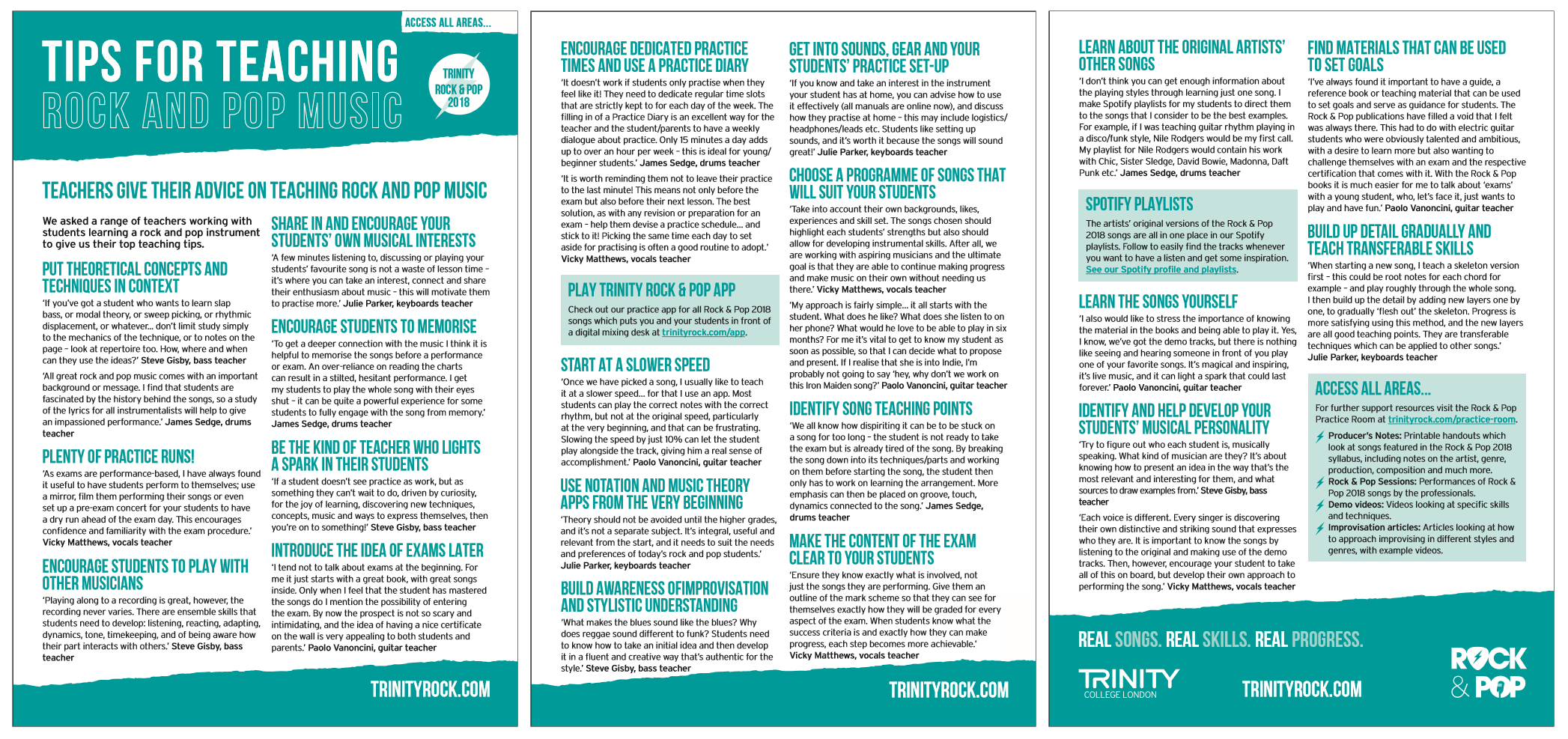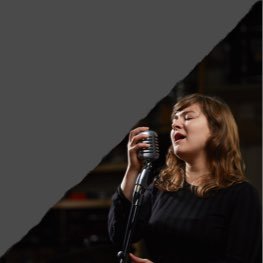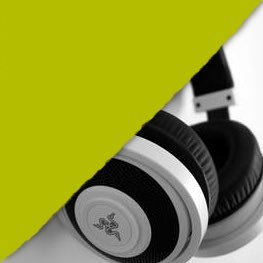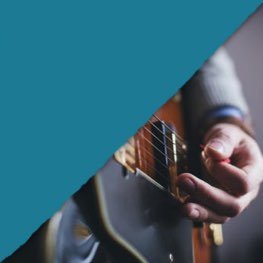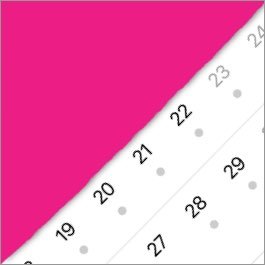MY TOP TIPS FOR TEACHING ROCK AND POP MUSIC: JULIE PARKER

I’m a keyboard player, music educator and rock and pop keyboards teacher who was originally trained in classical piano. I have been Head of Department in a large college, directed music education programmes from beginner to BA Hons level, taught students aged from 4 to 94, trained class music teachers for PGCE/ Cert Ed, and I play keyboards in various bands. I am now co-Director of MusicStation, a private music school exam centre in Kent.
Get into sounds, gear and your students’ practice set-up
The teaching of rock and pop keyboards is very different from classical piano. We now have the opportunity to use a range of sounds such as electric piano, organ, synth, clav and strings, alongside traditional piano. I use high-spec digital pianos in my teaching room - these have hundreds of great sounds, and I always try to find or create the right sounds for the song. I often use the Split function, or change sounds during a song when appropriate. If I can’t find exactly what I need, I connect the piano to an iPad and design the right sound using a virtual synthesiser. Students like setting up sounds, and it’s worth it because the songs will sound great!
If you know and take an interest in the instrument your student has at home, you can advise how to use it effectively (all manuals are online now), and discuss how they practise at home - this may include logistics/ headphones/ leads etc.
Trinity’s new Play Trinity Rock & Pop app can slow down, solo or mute different instruments and loop different sections, so it’s worth helping your students to get started with this and integrate it into their home practice. Playing with backing tracks is infinitely more fun than with a metronome - and it improves timing, ensemble skills and general musicianship.
Use notation and music theory Apps from the very beginning
Theory should not be avoided until the higher grades, and it’s not a separate subject. It’s integral, useful and relevant from the start, and it needs to suit the needs and preferences of today’s rock and pop students.
Instead of music theory and sight reading workbooks, my students are now learning faster, more thoroughly and more enjoyably using Apps on their tablets. After trialling many different Apps over the years, I now have some trusted favourites that I use regularly - I show students how to use them in my lessons, and then they work through various exercises in their own time. It’s been popular and it’s made a big difference to their progress. Good Apps tend to provide instant feedback, and they are addictive. The best ones can be customised in detail to fit the song you’re working on, which is really useful - so you can set up exercises to underpin all the relevant rhythms, scales, chords or note ranges, and even aural exercises to match. My top three Apps are: Rhythm Sight Reading Trainer, Tenuto, and Noteworks.
Build up detail gradually and teach transferable skills
When starting a new song, I teach a skeleton version first - this could be root notes for each chord for example - and play roughly through the whole song. I then build up the detail by adding new layers one by one, to gradually 'flesh out' the skeleton. Progress is more satisfying using this method, and the new layers - patterns/ rhythmic or melodic features etc - are all good teaching points. They are transferable techniques which can be applied to other songs.
Build improvisation and composition around the current song
Once the teaching points of a song have been addressed, you can put the new knowledge into practice, and consolidate it - for example by writing and playing an alternative chord sequence in that key, or by creating melodies over the chord sequence, using a certain scale or mode, or a particular rhythmic feature. If you do this from the start, and if you set specific and limited parameters, your students will gain experience and confidence, without fear or shyness. In using and manipulating musical materials, real learning will take place - the kind that stays with you and has been fully internalised - and your students in the future may have the capacity to become songwriters, composers, arrangers or producers. I used to worry that this kind of activity slowed down ‘progress’ towards grade exams - and you may indeed need to adapt your timeframe. But ultimately - and more importantly - as teachers of a creative subject, we should be teaching creatively.
Share in and encourage your students’ own musical interests
For me starting out playing piano, it was the end of the 1970s and the era of synth pop - I loved the synthesiser sounds of Kraftwerk, Human League, and Gary Numan, playing along with the songs and trying to work out the keyboard lines. Back then, my piano teachers didn’t encourage and share in this. I had some really great teachers, but they weren’t interested in the music I actually liked - this seemed to be a separate and unconnected interest that I had on my own.
So now I think it’s really important to share, engage with and find worth in your students’ music. A few minutes listening to, discussing or playing your students’ favourite song is not a waste of lesson time - it’s where you can take an interest, connect and share their enthusiasm about music - and this will motivate them to practise more. Many children start out liking everything (or nothing), so we should appreciate when they start to prefer a particular style, artist or band. You might not think it’s good quality music, but remember that their taste develops over time. There is always something to talk about - your own aural skills and experience can help you to identify a typical or interesting chord sequence, scale, sound, a rhythmic framework, a production feature, or a classic song they might not know, which has influenced their favourite band. Get them to remember the names of keyboard players they like, so they build up knowledge and awareness of different musicians. Your students will occasionally introduce you to great music, and you can ‘bank’ any interesting or useful songs for future reference and repertoire, whilst keeping your own knowledge of current music up to date.



